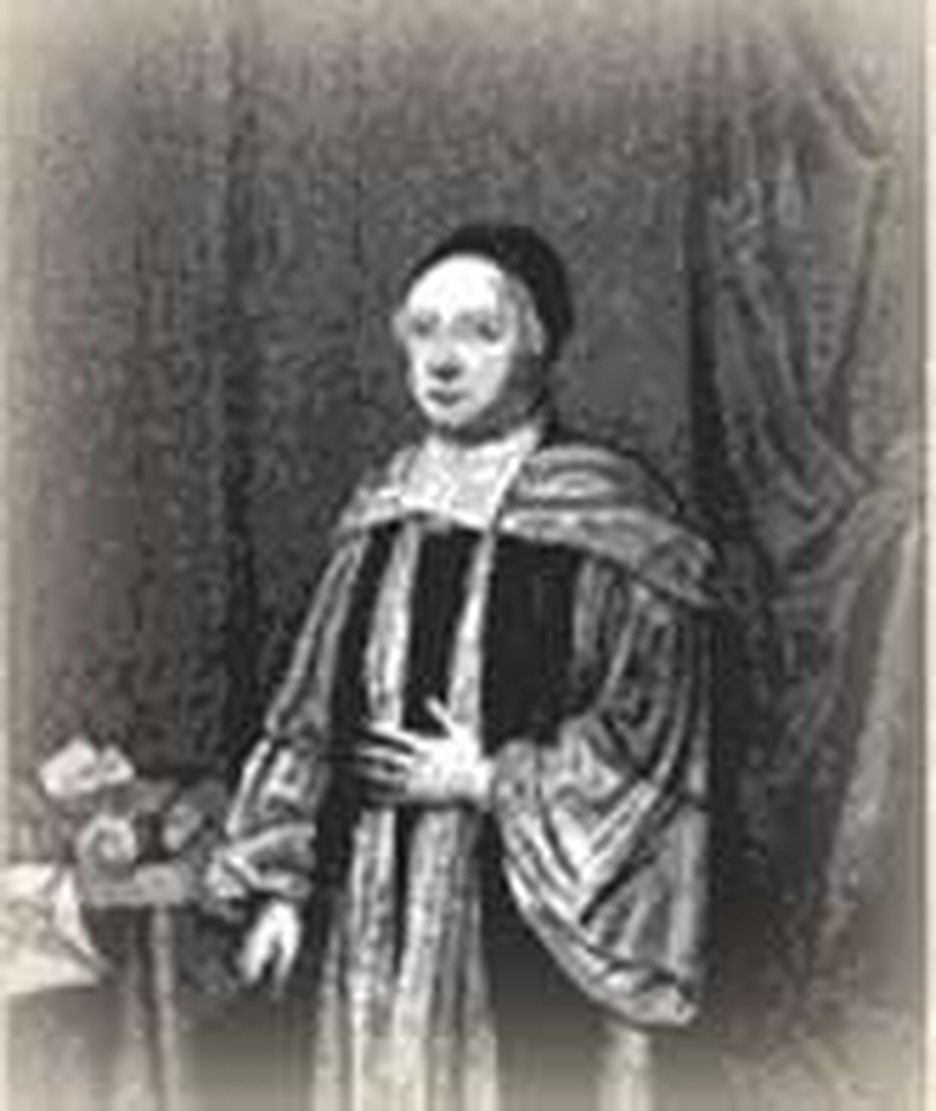
When the Royal Society was chartered by Charles II on this day July 15, 1662, it was the first scientific society in history. Not surprisingly, active Christians, with their interest in God's creation, brought it into existence. In fact, its membership was overwhelmingly Puritan in makeup. It grew out of the meetings of the so-called "invisibles" who gathered at the home of the chemist Robert Boyle's favorite sister, Katherine. She supported the Parliamentarians (and Puritans) in the revolt against Charles I. Of deep intelligence herself, she welcomed the group into her house so that she might share the new findings.
Not bound by tradition, Puritan schools fostered science. Theodore Haak, a professor at the largely Puritan Gresham College, initiated the meetings of the "invisibles." Other Protestant schools revolutionized medicine about the same time, and it was a Protestant school which later trained John Dalton, author of modern atomic theory.
Chief architect and secretary of the Royal Society after the Restoration was John Wilkins, whose religious inclinations later led him to become a bishop and to prepare arguments in defense of scripture.
John Willis also helped inaugurate the society. Considered one of the best doctors of his generation, he was so strong in his attachment to the Church of England that he was cold-shouldered at the royal court which inclined to Romanism. Among his charities he funded a clergyman to conduct worship services at hours when average working men could attend. John Wallis, a professor, was also among the earliest members.
Robert Boyle's faith is well-known, not only because of the apologetics he wrote but because he endowed a lecture series to defend Christianity. He assisted persecuted Welsh clergymen. In addition, he subsidized scripture translation and made researches into Bible languages. An innovative chemist, he gave us Boyle's Law of Gases and wrote a book which exploded alchemy. He is often called the Father of Modern Chemistry.
Perhaps the most accomplished man of his day, Christopher Wren was also a founder of the Society. Best known for rebuilding St. Paul's Cathedral, he was an anatomist who prepared the drawings for Willis' Cerebri anatome, a geometer (Newton classed him among the best), a physicist who did impact studies, a meteorologist, and a surveyor. He attempted some of the first blood transfusions and made microscopic studies of insects. His faith was solid.
The motto adopted by the organization was, "Nothing by mere authority." Almost every famous scientist of Britain has since been a member, including Sir Isaac Newton. The Christian roots of modern, self-replicating science run deep. Those who think faith must blind us to fact should look again at the history of the formation of the Royal Society.
Bibliography:
- Dictionary of National Biography. Edited by Leslie Stephen and Sidney Lee. London: Oxford University Press, 1921 - 1996.
- Gillispie, Charles Coulston. Dictionary of Scientific Biography. New York: Scribner’s, 1970.
- Graves, Daniel. Scientists of Faith. Grand Rapids, Michigan: Kregel, 1996.
- More, Louis Trenchard. The Life and Works of the Honourable Robert Boyle. London: Oxford University Press, 1944.
- Morris, Henry M. Men of Science, Men of God: Great Scientists Who Believed the Bible. San Diego: Creation Life, 1982.
- Singer, Charles. A Short History of Scientific Ideas to 1900. New York & London: Oxford University Press, 1959.
Last updated April, 2007.
_639003522088907085.jpg)

